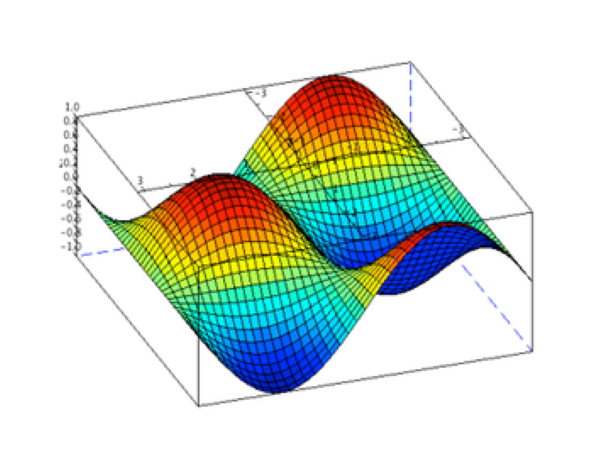

- #LATEXIT EMF EXPORT HOW TO#
- #LATEXIT EMF EXPORT PDF#
- #LATEXIT EMF EXPORT INSTALL#
- #LATEXIT EMF EXPORT SOFTWARE#
I don't know specifically how TeX deals with EPS, but I suspect it depends on Ghostscript as well. using ISO:PDF slides and LaTeX notes without using the beamer package.
#LATEXIT EMF EXPORT PDF#
OOo already can use Ghostscript-if it's installed-to create an EPS preview image (if necessary) maybe, down the road, OOo will use it for converting EPS to PDF also, but for now, that function is not available. Adding that kind of capability to OOo is just not practical. The only method for doing such a conversion-that I'm aware of-uses Ghostscript, which is a huge, complex piece of software, and even that can't always make a perfect conversion. Even when I save it to pdf it continues with this problem, see figure 1 in the pdf file. It is possible to export graphs created by this graphing calculator, export is done as an image in PNG. Rather it looks like a graphic in raster format and very low quality. So, converting the Postscript part of an EPS graphic to something else is not a simple problem at all. It happens that when I export a graphic in emf vector format, when I open it in Word, it loses all the quality and it no longer looks like a graphic in vector format. The problem with Postscript is that it is more than a graphics data format, it is a complete programming language. You may already know that EPS files use Postscript internally to represent the graphical information. You can register there and add your vote (up to two) or comment.

See: Issue 14163: EPS content is not exported to pdf properly, among others. So the moral of the story is, after exporting a figure, check it on a non-GIS computer if you plan it to be viewed by others.Better handling of EPS graphics has been requested, and there is fairly strong interest in it, but it's a thorny area for OOo to deal with. I've seen maps on many government and private web sites where this has been the case. And the GIS person who created the pdf has no idea it looks strange, as it looks fine on their computer. This can be quite embarrassing for GIS folks - an awesome map is produced but the viewers are wondering why the bizarre symbology was used. This occurs when the recipients computer does not have the fonts that were used to make the pdf, so their computer does font substitution to allow viewing. But when you send the pdf to someone else, all they see are the "Windings" For example, an interstate highway shield will become a non-sensensical winding symbol. Insidious - in some cases one can export to pdf and it will look fine on the computer it was created on. Unfortunately, there is no feedback provided to the user on exporting that font substitution was used the export will finish out with no warning that a change was made.Ĥ. first create the plot, and then click on Export in the Plots pane. This was explained at an ESRI Conference Technical session (2011?). would like to use it: Microsoft Word or PowerPoint (EMF), LaTeX editors (PDF). are easy to add to LaTeX and maintain the resolution even if you zoom in.
#LATEXIT EMF EXPORT HOW TO#
Instead, it will default to font substitution. Learn how to EXPORT a graph in R Save a plot in R to vector graphics and.
#LATEXIT EMF EXPORT SOFTWARE#
What this means is even if you choose the option to "Embed fonts" or to "Convert markers to polygons", the embedding/conversion will not happen if the font is proprietary - the software has been programmed not to allow it. Not obvious - some fonts are proprietary, which means there are conditions and restrictions on using them. Set a name and location for the file, as well as any other properties, and click Export.

On the Share tab, click Export Map or Export Layout, depending on the active view, to open the Export pane. Embed fonts option and Convert markers to polygons are well worth exploring and can help in many situations (but see 3).ģ. To export an EMF file, make sure a map or layout view is active. We just had the same precision problem with exporting from Illustrator to EMF format. That's why one can unexpectedly get "Windings" instead of the marker symbols when viewing on a different computer.Ģ.
#LATEXIT EMF EXPORT INSTALL#
ArcGIS (and other programs) install their own specific fonts, so if a marker was made from them, you will need to be on that computer or font substitution will occur. Try using the original computer if possible. The fonts are not on the computer that was used to create the marker symbol. emf file in matplotlib using Linux, try the following: Install Inkscape (I have installed Inkscape 0.92.4 in Ubuntu 16.04. I've found this can be a perplexing problem to resolve, as some of the issues/complications are not well known.ġ. To expand on what David Barnes provided, there can be many issues that crop when exporting marker symbols, as they are created from fonts.


 0 kommentar(er)
0 kommentar(er)
